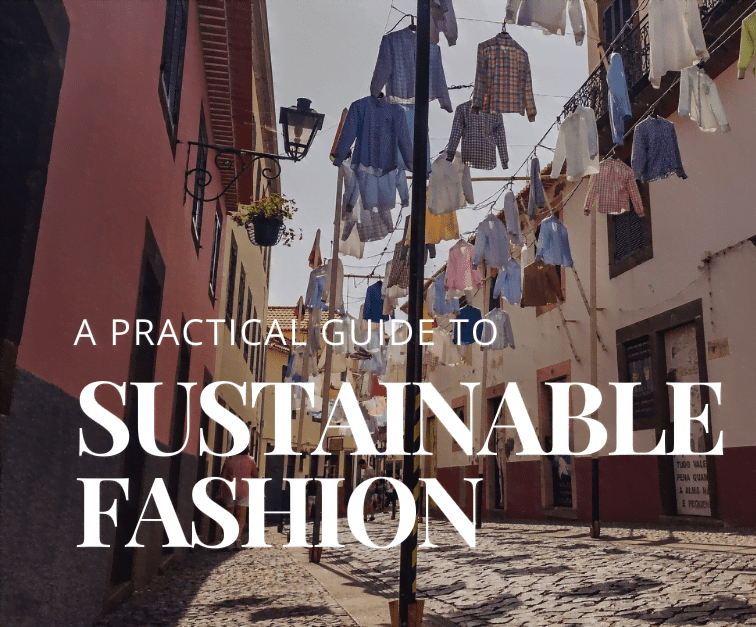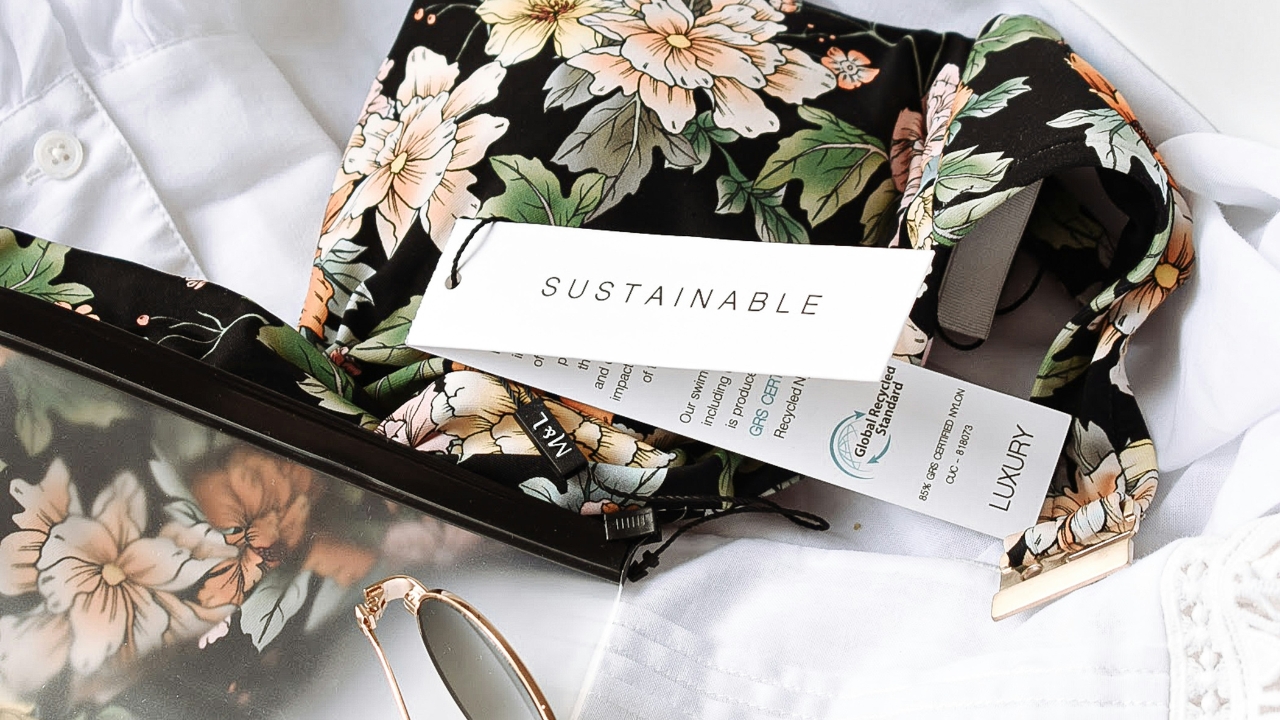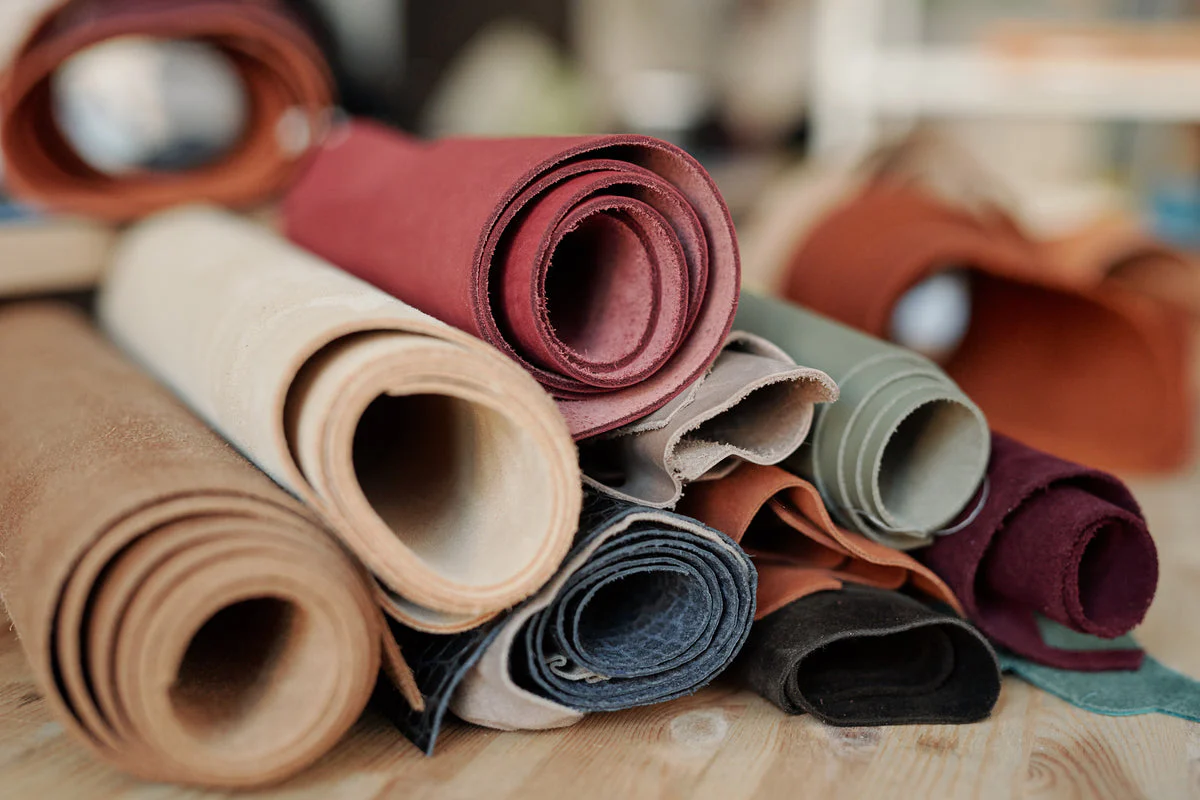Wardrobe management is a skill that today’s millennial needs to perfect. Ranking the clothes on the basis of the worst to best sustainable fabrics can help ypu sort most of the closet mess.
Clothing contributes between 3% and 6.7 % of all human-caused carbon emissions. This stems from the fabric’s manufacture and the after-sales maintenance. Washing our clothes accounts for most clothing’s environmental impact, which varies based on the fabric.

Although some are far superior to others, there is no such thing as a 100 percent environmentally friendly fabric. The resources used to produce the material and the product’s life cycle analysis are two of the most important determining factors when labeling sustainable materials.
Knowing which garment materials to look for is a smart step. Therefore, with proper and sufficient research about fabrics and their impact on manufacturers, consumers, and the environment, we’ve compiled a list of worst to best fabrics in terms of sustainability.
This list will equip you to judge between the most sustainable fabrics and the worst ones. We believe that we should start with the dont’s before you jump on to the do’s. (It’s linke knowing why your ex broke up with their ex before you ride the ‘I do’ wagon. And if the wedding bells are ringing for you, look for these stylish ethical wedding dresses and diamond rings!)
Therefore, let’s take a look at the least sustainable fabrics.
Unlock Your Savings with Exclusive Offer Coupons
Save big while shopping for sustainable products! Grab your exclusive coupons today!

Least Sustainable Fabrics- The Worst Picks
In this list of worst to best sustainable fabrics, we will encounter the bad ones first. Not only do these least sustainable fabrics wreak havoc on the nature, they aren’t great for your body in many ways. Take a look at these examples below!
Polyester

Polyester is the worst sustainable fabric in the industry. It’s also the least comfortable to wear. It isn’t breathable, trapping all of your body heat and causing you to overheat and sweat. It can take anywhere between 20 and 200 years to decompose in a landfill.
Polyester releases 700,000 tiny plastic fibers in each washing cycle. When consumed, microplastics contribute to pollution and are detrimental to marine life. Polyester is an energy and water-intensive fabric. In locations where water is scarce, it reduces the availability of safe drinking water.
Conventional Cotton
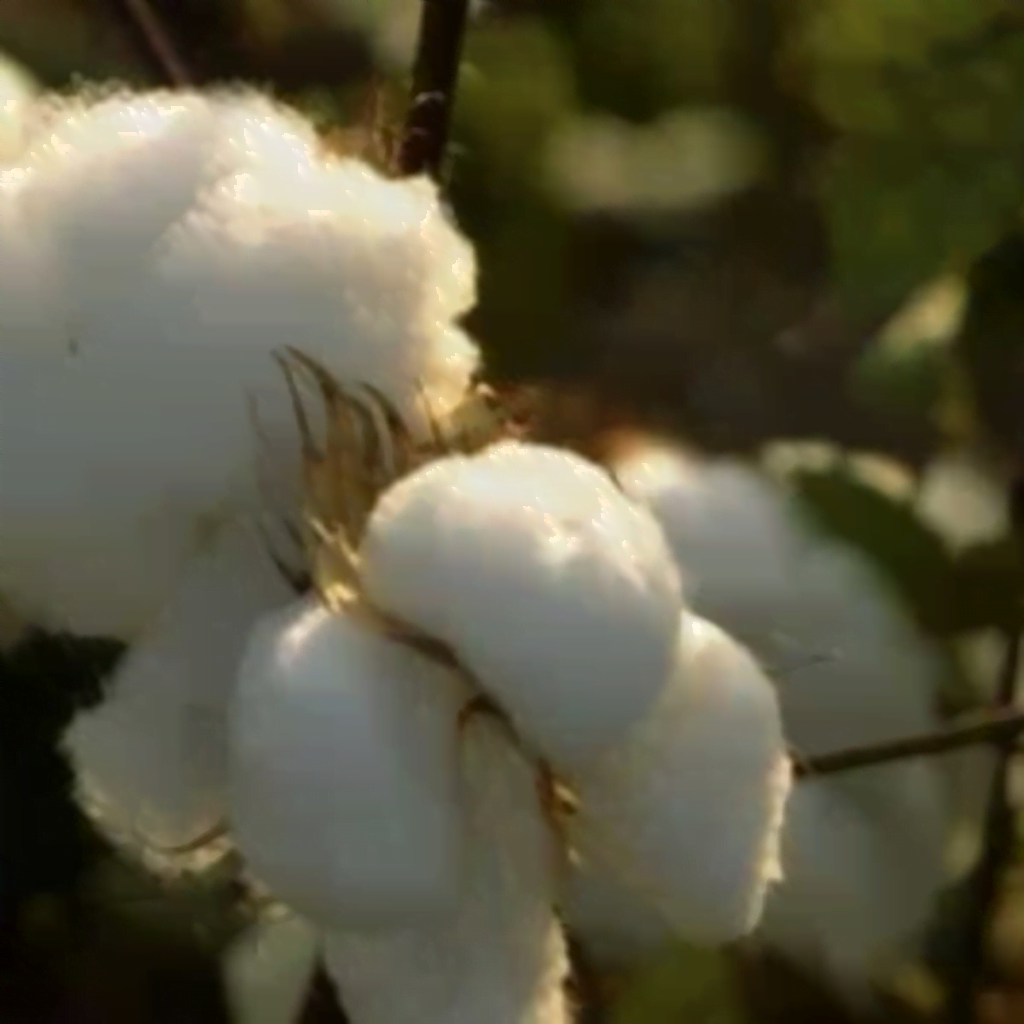
Cotton is one of the most widely used materials in the apparel industry. It’s quite breathable, and it probably makes up most of your blue jeans and t-shirts. Cotton is a naturally occurring fiber, yet it has several environmental issues. Some writers and experts also call it the world’s dirtiest crop.
A conventional cotton t-shirt and a pair of trousers can use up to 20,000 liters of water. Chemicals and colors are then added to the extra water. Because properly disposing of these hazardous materials is costly, many businesses pollute rivers instead, allowing their products to remain affordable.
Nylon

Nylon is commonly seen in garments such as stockings. It is a synthetic substance made from crude oil. Therefore, it is easily one of the least sustainable fabrics.
Nylon might sit in a landfill for up to 200 years. It is, unsurprisingly, derived in part from petroleum, one of the dirtiest industries and energy sources. There is a reason why it is featuring so early on in our list of the worst to best sustainable fabrics. People often commend Nylon for its durability, but it affects the environment adversely. Nylon emits nitrous oxide, and releases microplastics after use and during washing.
Rayon (Viscose)

Rayon, commonly known as Viscose, is a wood pulp-derived semi-synthetic material. It has a molecular structure similar to cotton. This is a fabric that is more susceptible to greenwashing. But is not environmentally friendly. It goes through a very hazardous manufacturing process.
The fast-fashion business frequently uses rayon to produce low-cost garments, which needs a copious amount of water and energy and very expensive chemical procedures. These operations emit hazardous chemicals into the surrounding air and rivers, posing health risks to workers and the general public. Several endangered forests, are deforested due to the increasing demand for rayon, resulting in loss of biodiversity.
Acrylic

Sweaters, caps, gloves, and area rugs are all acrylic fiber. It is known for its warmth, so it is commonly used in winter outerwear. The environmental and health consequences may not make you feel as warm.
Acrylic manufacturers use very toxic chemicals that can be hazardous to industrial workers’ health. Acrylonitrile, the active component, can enter the body by skin contact or inhalation. Like its synthetic sibling, polyester, acrylic is difficult to recycle and can sit in a landfill for up to 200 years before biodegrading.
Most Sustainable Fabrics- Our Best 5 Choices
Organic Cotton
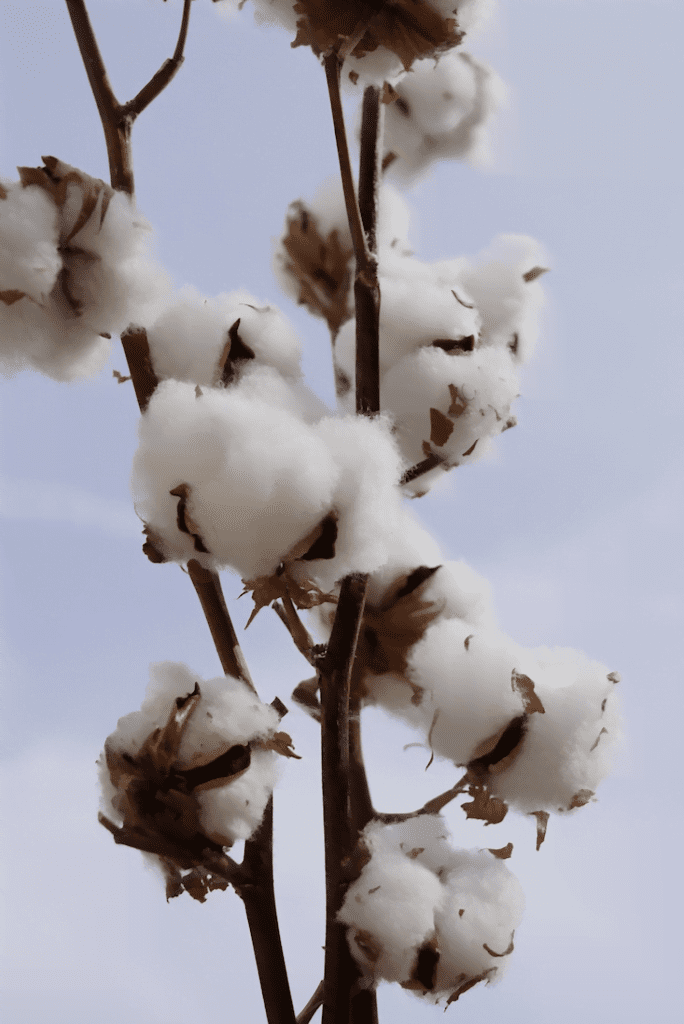
Organic cotton is a more environmentally friendly alternative to conventional cotton. Organic cotton is grown without the use of toxic pesticides and is manufactured without using hazardous chemicals used in conventional cotton.
Cotton in its recycled state is the most environmentally friendly method to wear it. Compared to conventional and organic cotton, this fabric is manufactured from post-industrial and post-consumer waste and needs significantly less water and energy to produce.
Tencel

Tencel is a new fabric created from wood pulp and has qualities comparable to rayon. It’s biodegradable because it’s made from plant stuff. It is on the more pricey side of the spectrum, but it’s extremely sturdy and long-lasting.
Tencel requires only one-third of the water required for rayon manufacture, and over 99 percent of the water and solvents used may be recycled, obviating the need for new solvents.
This drastically minimizes the number of hazardous substances released into the environment. In addition, unlike Viscose, the solvents used in Tencel manufacture are non-toxic.
Organic-Linen

Organic linen is known for its light and breezy feel. Flax is a plant that is used to make linen. It, like hemp, requires very little water and almost no pesticides. When left undyed, it is fully biodegradable.
Because the manufacturing process for linen is more mechanical than water-intensive, both the natural plant and the fabric made from it use very little water. According to Green Story’s Green Fabric Guide, the mechanically intensive process produces some emissions, but the entire process produces significantly fewer carbon emissions than most other fabrics. The flax plant is abundant, and the flax-to-linen manufacturing method is high-yielding. It’s a great option for local manufacturers and, when left untreated, it’s quite long-lasting. You may be aware of flax seeds as a popular topping for salads or smoothie bowls, similar to hemp seeds.
Organic Hemp

Due to its high resilience, hemp is commonly used in clothing, rope, and boat sails. It is naturally insulating and cooling, as well as UV-protecting. It also has the added benefit of being environmentally friendly. The plant is highly hardy and only requires a small amount of water to thrive.
It also returns 60-70 percent of the nutrients it consumes to the soil it thrives. Furthermore, there are no chemicals used to spin it into cloth. Some manufacturers opt for a more chemical-intensive technique to speed up production, which isn’t ideal for the environment.
Hemp plants also produce a healthy seed, which you may have seen in your local supermarket. It is a sustainable fabric choice as long as it is produced naturally and without extra chemicals and gets softer with every wash.
Recycled Polyester

Recycled polyester is made from plastic bottles and cuts down on the requirement for raw materials. It is more environmentally friendly as it avoids the energy-intensive oil extraction process, thus lowering emissions.
Recycled polyester manufacturing consumes 35% less water than that ordinary polyester.
Furthermore, a 100% polyester t-shirt may be recycled multiple times before the fabric becomes unsuitable. However, recycled polyester might release microplastics too.
Conclusion
We hope you now understand how unsustainable some of the industry’s most popular materials are. You now have the knowledge you need to choose the most environmentally friendly solutions and vote with your wallets. Be careful with the materials you wear on your body.
Avoid materials that may contain pollutants and instead go for fabrics that you can feel good about wearing.
As a society, the more knowledge we have about these textiles and other everyday materials, the better decisions we will make.
Look out for GOTS certification, and look for those tags when buying garments manufactured from sustainable textiles.
If you want to look for the most sustainable and ethical clothing brands that use only the safest sustainable fabrics, try installing the Be Zen Chrome Extension to help yourself distinguish the best from the worst.
Also, remember to check out our blog for more info nuggets on sustainable and zero-waste lifestyle. Hit the subscribe button to get our monthly newsletter with excellent eco-friendly recommendations delivered straight to your inbox.
Till then, Ciao!
Stay stylish and sustainable!
Subscribe for exclusive fashion tips and a free guide to eco-friendly apparel.






